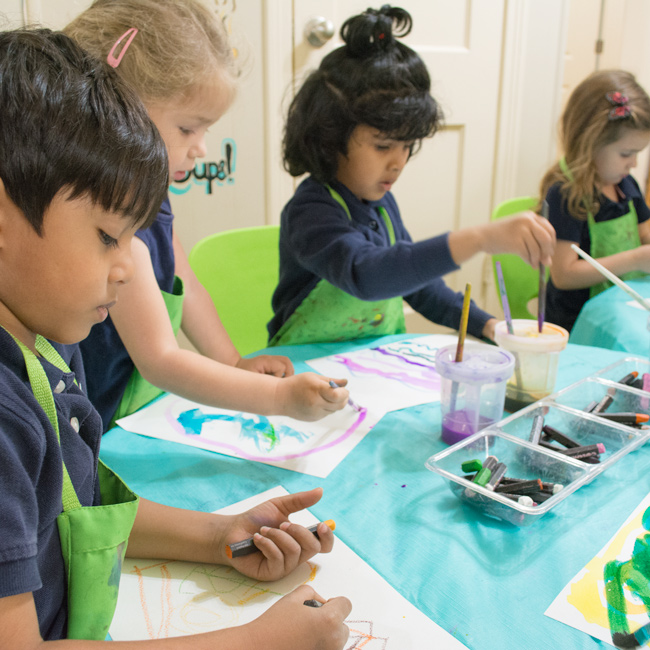Education
Sequential learning activities in five major areas
Practical Life
Practical life is exercised in which a child at Round Rock Montessori schools can learn how to do daily activities purposefully by perfecting buttoning, tying, pouring, scrubbing, and also by practising grace and courtesy.
The purpose and aim of Practical Life is to help the child gain control in the coordination of his movement and independence, adapt to his society and master his environment.
Practical Life Exercises also aid the growth & development of the child’s intellect & concentration to develop an orderly way of thinking and to enhance his self-esteem by contributing to the group.
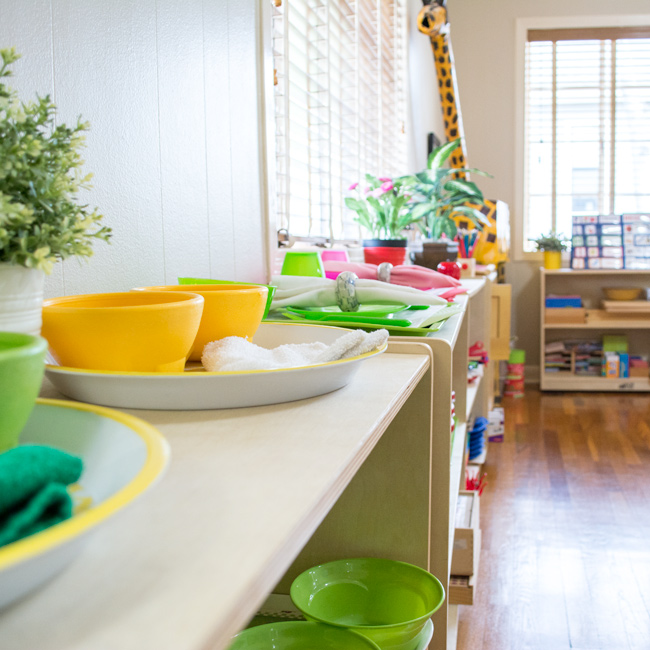
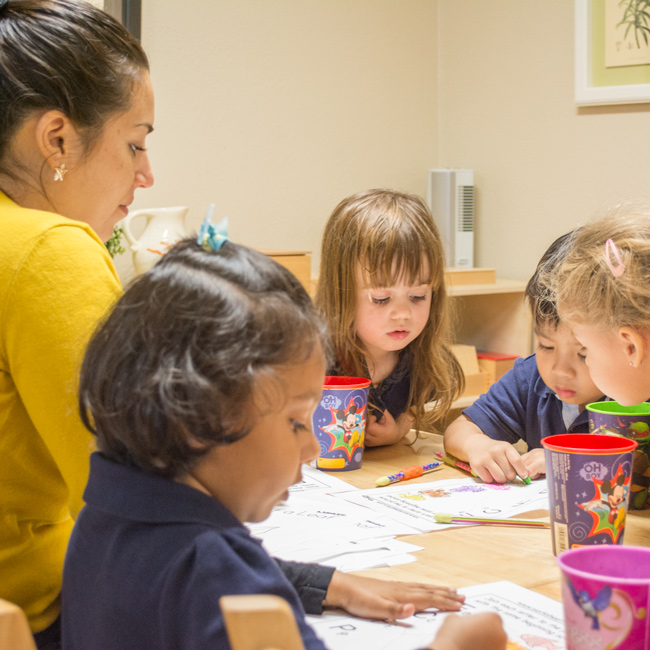
Mathematics
Montessori Math material at our child education center is designed to allow the child to explore a concept in concrete form. The sequence of presentation begins with simple and moves to more complex and from concrete to abstract. Children will progress through concepts at their developmental rate. The materials themselves contain the pattern for presentation as well as understanding.
The mathematics materials developed by Maria Montessori lead the child through sequenced activities, emphasizing concepts while preparing the child for abstractions. There are some teacher-directed activities, but activities for the individual follow these. Some work begins with small group lessons; these, too, will be toward independent, individual work.
Language
The development of language in early childhood classrooms is an umbrella for the entire Montessori curriculum. Often, teachers and parents consider activities on the shelves of the language area to be the heart of actual language learning when facilitated by professional education organizations. Certainly, these activities provide powerful opportunities. Still, language learning occurs most profoundly in the moment-to-moment life of interactions within the classroom. Absorbing and perfecting language depends on human contact, but language is not taught.
The Montessori approach is one of indirect preparation, and this preparation begins at birth. Words are the labels for our experiences. A child who has varied experiences and is given labels for those experiences will develop good language skills. Just as a rich vocabulary is dependent on the child’s experience, reading and writing are dependent on the enrichment of vocabulary. With a sturdy foundation, the transition to written language will be effortless.
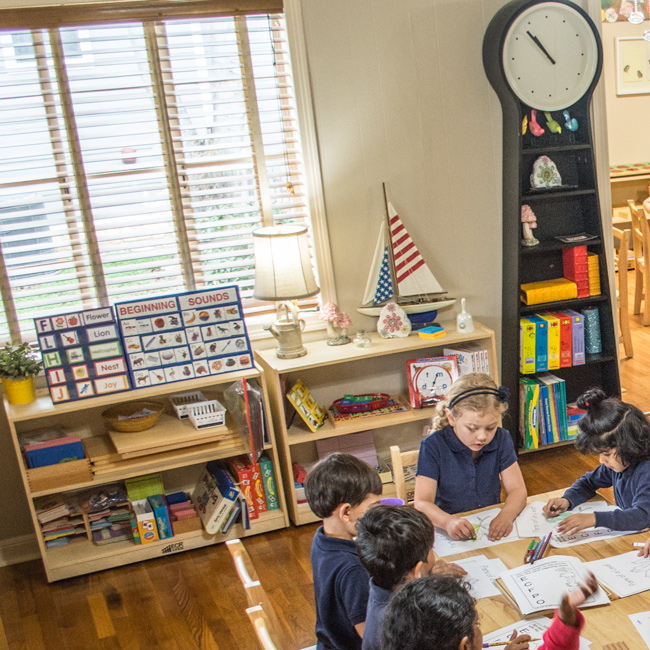
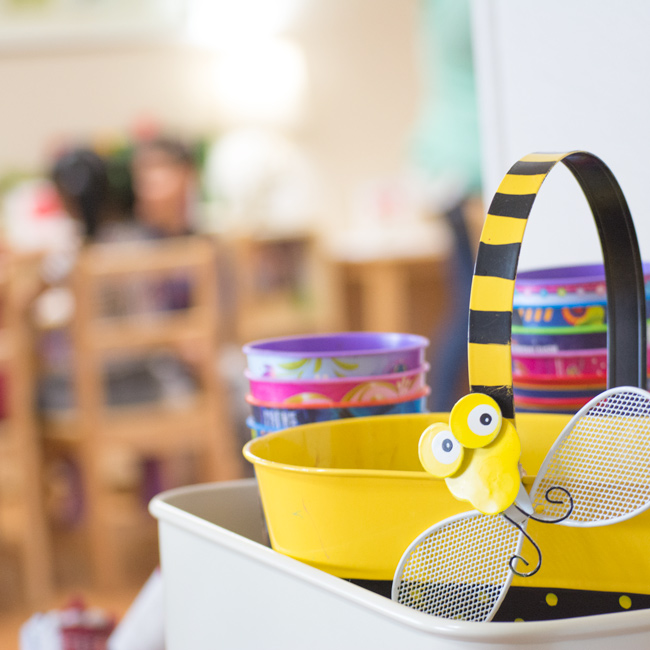
Sensorial
Sensorial materials assist the child in the mental organization of past experiences. Sensorial comes from the words sense or senses. As there are no new experiences for the child to take from the Sensorial work, the child can concentrate on the refinement of all his senses, from visual to stereognostic.
The purpose and aim of Sensorial work is for the child to acquire clear, conscious, information and to be able to then make classifications in his environment. Montessori believed that sensorial experiences began at birth. Through his senses, the child studies his environment. By isolating the qualities of each sense, the materials help young children label and internalize their impressions.
Children from birth to age six are in the “sensitive period” for exploring the world through their senses. Sensorial experiences indirectly prepare children for future exploration of language, mathematics, geometry, art and music.
Cultural
This area includes art, music, dance, gymnastics, geography, and science to expand the child’s experiences of the world around him.
